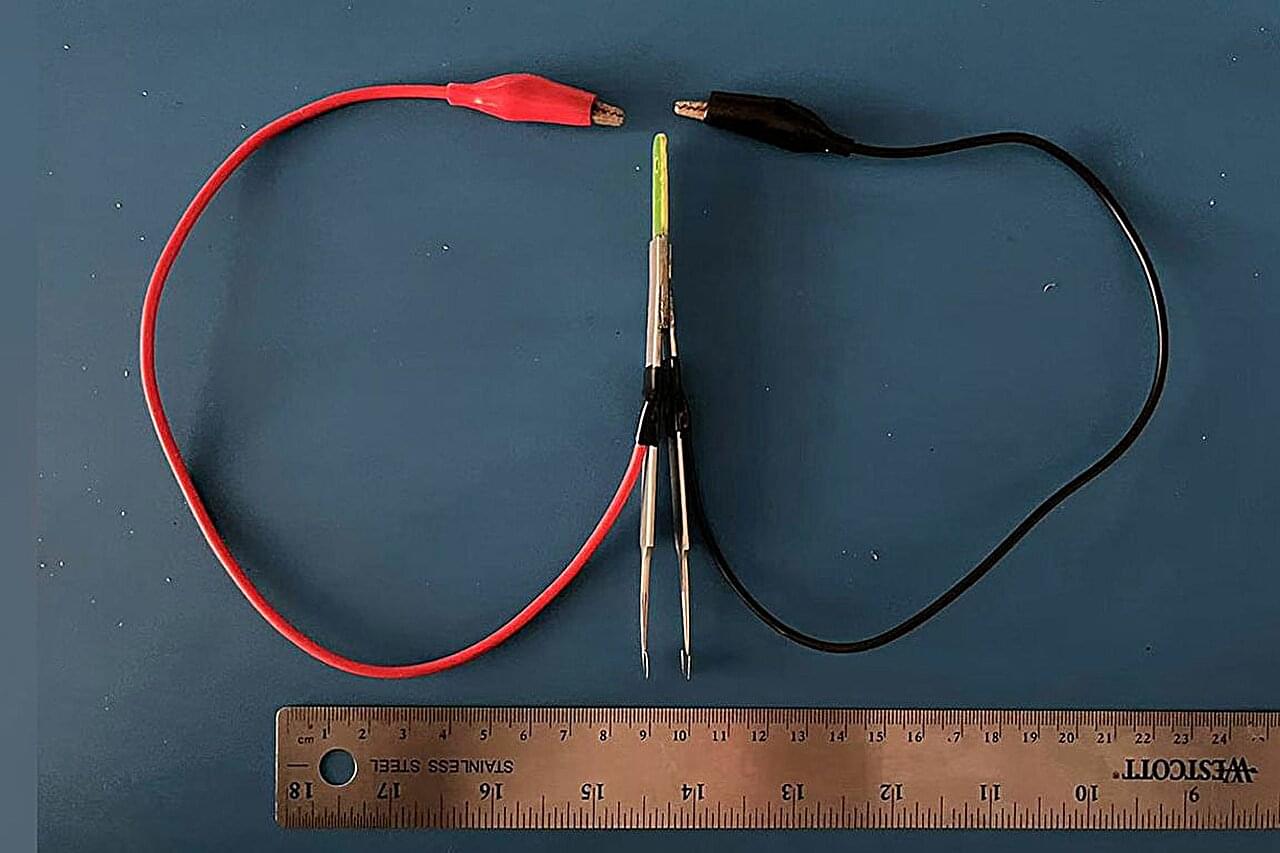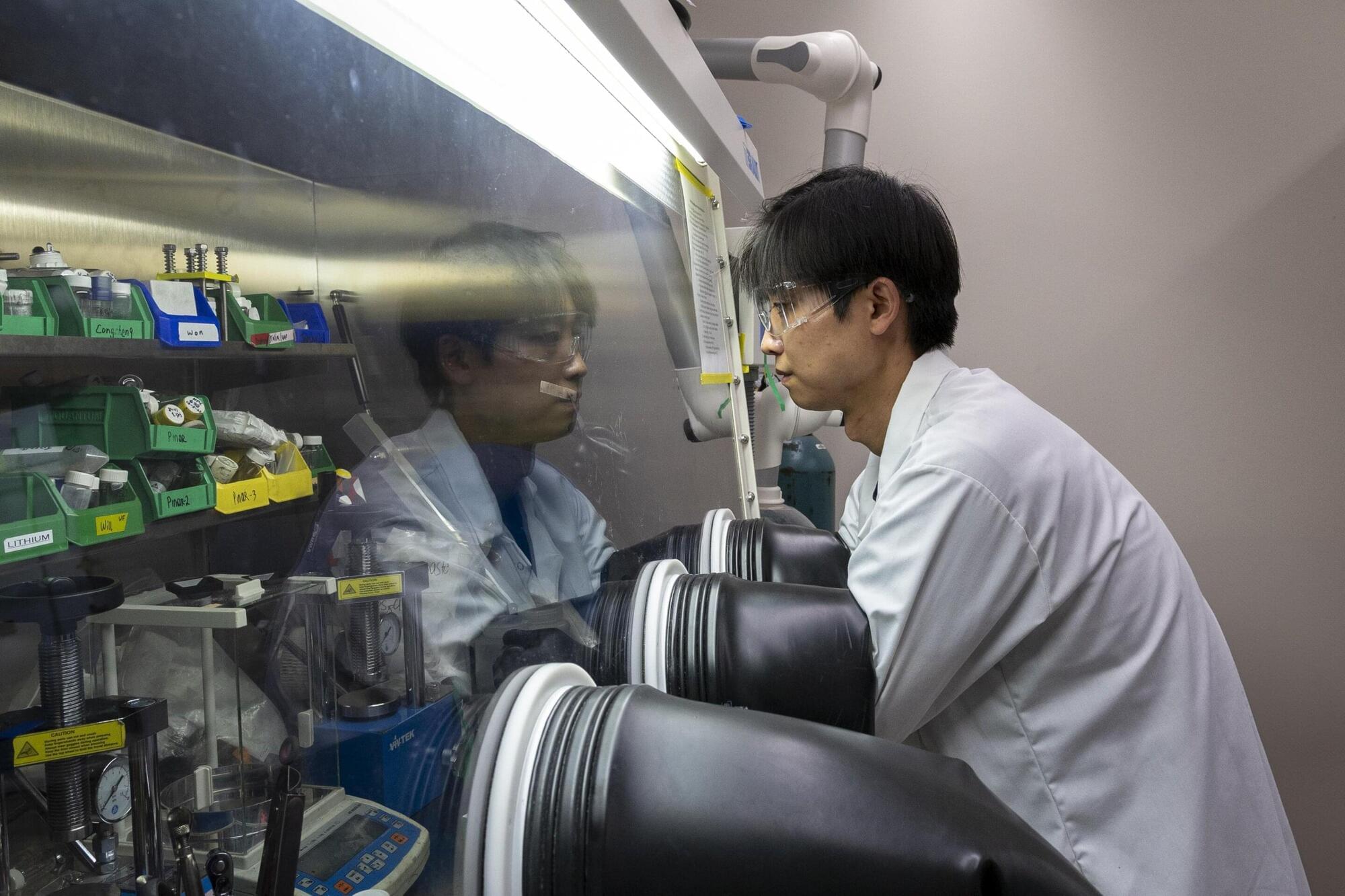Two 325-million-year-old ctenacanth shark fossils discovered in Mammoth Cave shed light on ancient marine ecosystems.
Understanding how drug delivery systems distribute in vivo remains a major challenge in developing nanomedicines. Especially in the lung, the complex and dynamic microenvironment often limits the effectiveness of existing approaches.
“Structural pharmaceutics” has been introduced as a new strategy to connect nanoparticle structures with physiological structures through advanced three-dimensional (3D) imaging and cross-scale characterizations.
In a study published in ACS Nano, a team led by Yin Xianzhen from the Lingang Laboratory and Zhang Jiwen from the Shanghai Institute of Materia Medica of the Chinese Academy of Sciences developed a precise targeting strategy for tracheal inflammation.
Washington State has approved a bill which allows GPS-based speed limiting devices to be installed in the vehicles of speeding offenders from 2029
Scientists gathered in New Haven, Connecticut, to compare notes on their growing portfolio of quantum materials primed with new physics and teasers for next-generation technologies.
Lithium-metal batteries have not hit the market yet, but if they do, they could be a solution to the everyday woes of the dwindling battery meter. They are cousins of the lithium-ion batteries found in legions of everyday electronic devices, but with the potential to hold twice as much power. Unfortunately, the lithium-metal battery’s limited number of recharges has been a major obstacle to their wide adoption.
A new study led by researchers at the California NanoSystems Institute at UCLA, or CNSI, however, might just help ratchet up the pace of progress. In the journal Science Advances, the team documented an imaging technique they invented that—for the first time ever—captures a lithium-metal battery as it charges, at a level of detail smaller than the wavelength of light.
The method, electrified cryogenic electron microscopy, or eCryoEM for short, yielded insights that may help guide the design of better lithium-metal batteries. Cultivating this progress with U.S.-based research could give the U.S. an edge in this successor technology to lithium-ion batteries, an industry currently dominated by Chinese enterprises. The study also holds promise for shedding light on mysteries in disciplines as far afield as neuroscience.
Silicon is king in the semiconductor technology that underpins smartphones, computers, electric vehicles and more, but its crown may be slipping, according to a team led by researchers at Penn State.
In a world first, they used two-dimensional (2D) materials, which are only an atom thick and retain their properties at that scale, unlike silicon, to develop a computer capable of simple operations.
The development, published in Nature, represents a major leap toward the realization of thinner, faster and more energy-efficient electronics, the researchers said.
Lithium-ion batteries power everything from electric cars to laptops to leaf blowers. Despite their widespread adoption, lithium-ion batteries carry limited amounts of energy, and rare overheating can lead to safety concerns. Consequently, for decades, researchers have sought a more reliable battery.
Solid-state batteries are less flammable and can hold more energy, but they often require intense pressure to function. This requirement has made them difficult to use in applications, but new research from Georgia Tech could change that.
The research group of Matthew McDowell, professor and Carter N. Paden Jr. Distinguished Chair in the George W. Woodruff School of Mechanical Engineering and the School of Materials Science and Engineering, has designed a new metal for solid-state batteries that enables operation at lower pressures. While lithium metal is often used in these batteries, McDowell’s group discovered that combining lithium with softer sodium metal results in improved performance and novel behavior.
A team of engineers, AI specialists and chip design researchers at the Chinese Academy of Sciences has designed, built and tested what they are describing as the first AI-based chip design system. The group has published a paper describing their system, called QiMeng, on the arXiv preprint server.
Over the past several decades, integrated circuit makers have developed systems for developing processor chips for computers, smartphones and other electronic devices. Such systems tend to be made up of large teams of highly skilled people who can take design ideas (such as faster computing or running AI apps) and turn them into physical designs that can be fabricated in specially designed factories. The process is notoriously slow and expensive.
More recently, computer and device makers have been looking for ways to speed up the process and to allow for more flexibility—some may want a chip that can do just one thing, for example, but do it really well. In this new study, the team in China has applied AI to the problem.
When the computer or phone you’re using right now blinks its last blink and you drop it off for recycling, do you know what happens?
At the recycling center, powerful magnets will pull out steel. Spinning drums will toss aluminum into bins. Copper wires will get neatly bundled up for resale. But as the conveyor belt keeps rolling, tiny specks of valuable, lesser-known materials such as gallium, indium and tantalum will be left behind.
Those tiny specks are critical materials. They’re essential for building new technology, and they’re in short supply in the U.S. They could be reused, but there’s a problem: Current recycling methods make recovering critical minerals from e-waste too costly or hazardous, so many recyclers simply skip them.
More people believe misinformation about electric vehicles (EVs) than disagree with it, according to surveys of four countries, including Australia, Germany, Austria, and the US. The survey found having a conspiracy mentality was the main factor influencing such beliefs, the authors say.
The main misinformation-related concerns for Australians included that EVs are more likely to catch fire, that EVs are intentionally complex to prevent DIY, and that batteries are deliberately non-upgradeable. The authors also found that fact sheets and dialogues with AI-chatbots helped reduce belief in misinformation and increased pro-EV policy support and purchase intentions.
A University of Queensland-led study published in the journal Nature Energy has found misinformation about electric vehicles (EVs) has taken root in society and is primarily fueled by mistrust and conspiracy theories.








